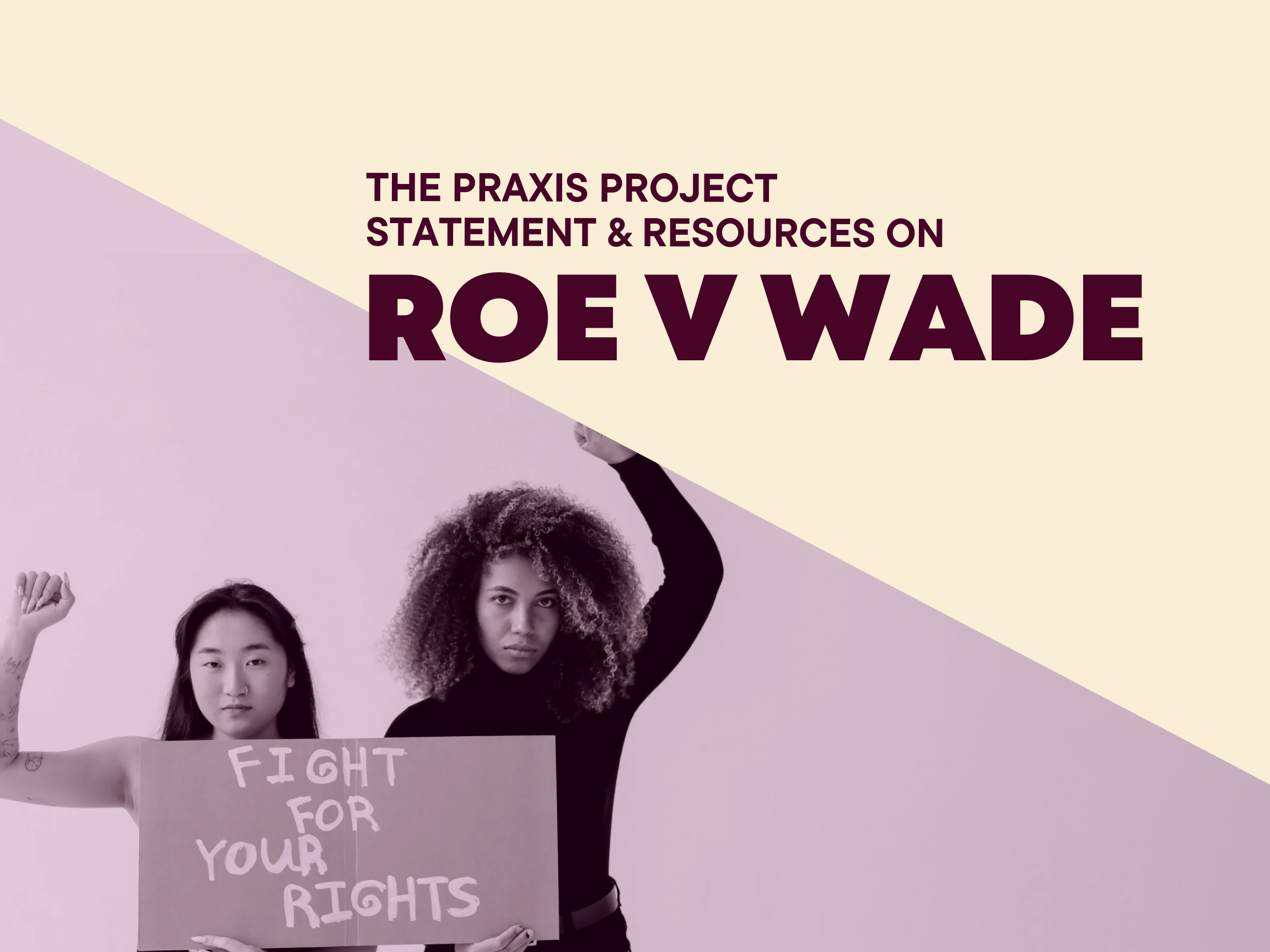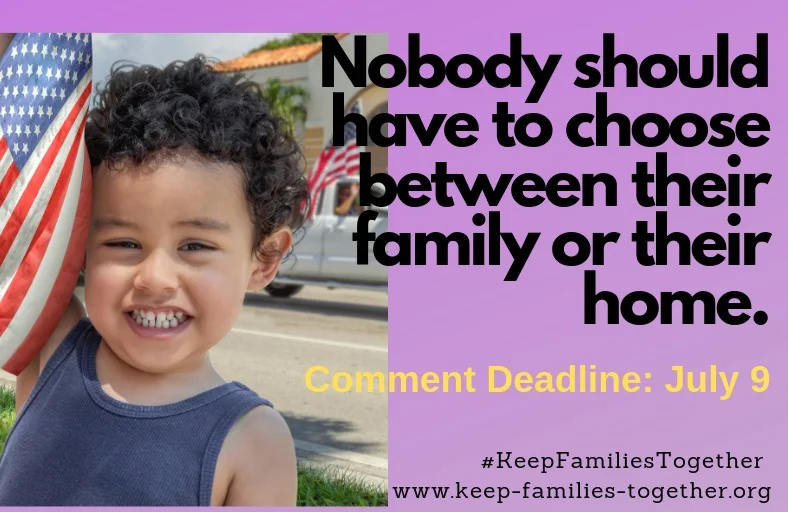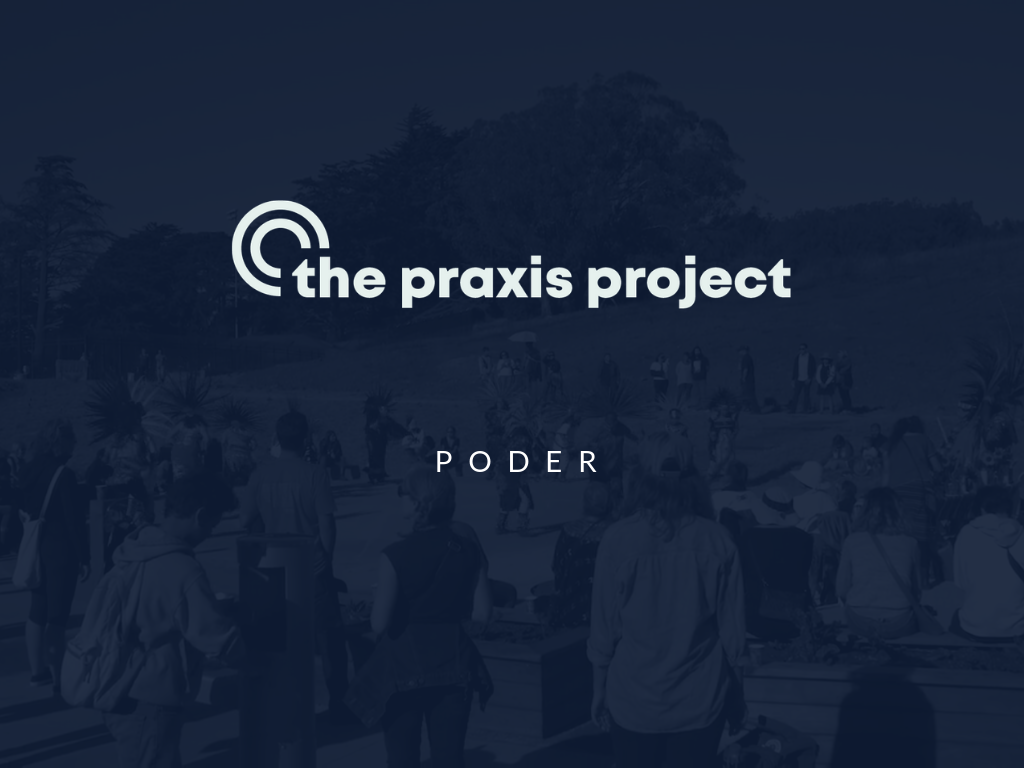Immigration Climate
In 2016, immigrants made up 13.5% of the US population, and nearly one-quarter of children in the US live with at least one immigrant parent.[1] Immigration climate describes the structures, policies, and attitudes impacting immigrant populations when they arrive, as well as the social, political, and environmental push and pull factors that drive migration. Immigrants face the challenges of adapting to life in a new county whose laws and policies can hinder equitable access to health.
Increasing local immigration enforcement activities throughout the past two decades have had well-documented harmful effects on health for immigrants and their families, including US-born citizen children. Negative health consequences of our current policies begin during pregnancy, such as inadequate prenatal care and increased risk of adverse pregnancy outcomes.[2] The negative health consequences continue into early childhood, adolescence, and adulthood especially among children forcibly separated from a detained or deported parent and among immigrants who are perceived as nonwhite. Restrictive immigrant integration policies foster fear, increase perceptions of discrimination, and promote psychological distress among Asians and Latinx communities regardless of their citizenship or legal-residency status.[3] The opposite, however is also true. US Deferred Action for Childhood Arrivals (DACA) eligibility is associated with large, clinically meaningful reductions in symptoms of psychological distress.[4]
Community organizations and grassroots organizers are cultivating migrant justice in the US in several ways. Beyond legal advocacy, they are fighting to secure protections for Temporary H-2A and H-2Bc agricultural workers, advocating to decrease local police-Immigration and Customs Enforcement (ICE) collaboration, and calling for the abolition of ICE to Keep Families Together. In addition, organizations are advocating for the establishment of sanctuary cities and schools, tuition equity for youth of various immigration statuses, and challenging asylum policies that require waiting at the border.
DISPARITIES AND STATISTICS
Race and Ethnicity:
In 2018, 46 percent of immigrants reported their race as single-race White, 27% as Asian, 10% as Black, and 15% as some other race. About 2% reported having two or more races. In the same year, 44% of immigrants reported having Hispanic or Latinx origins. Critically, xenophobic and racist polices and attitudes disproportionately impact immigrants of color. Historically, the US has relied on racist rhetoric to enact exclusionary immigration policies such as the Chinese Exclusion Act and quota systems that target immigrants of color. To this day, immigration policy and discourse specifically marginalizes and scapegoats immigrants of color as undesirable and unqualified.[5]
Socioeconomic Status:
Some state labor policies do not adequately protect immigrant workers, and some laws can even prevent them from defending their rights. Wage theft, or nonpayment of wages to which workers are legally entitled, is a major contributor to low income, which in turn has adverse health effects.[6] Other employers skirt labor laws, or force workers to labor in hazardous conditions. Low-wage immigrant workers are exploited as a result of language, education, and citizenship status. By causing or exacerbating low income or income insecurity, immigrant worker protection is a public health problem. In 2019, there were 28.4 million foreign-born people in the U.S. labor force. The median usual weekly earnings of foreign-born full-time wage and salary workers were 83.3% of the earnings of their United States-born counterparts. Median earnings for foreign-born women ($678) were 83.7% of the earnings of their United States-born counterparts.
Insurance Status:
Many policies in the US preclude immigrants from necessary insurance and health programs. The immigrant provisions of the 1996 welfare reform act have made most documented immigrants ineligible for publicly funded services such as Medicaid for the first five years of residence. Undocumented immigrants are entirely ineligible for many social service programs such as Medicare, Medicaid, or Child’s Health Insurance Program (CHIP), unless states preserve eligibility by funding such services themselves.[7]
In 2014, approximately 53% of immigrants in the United States had private health insurance (compared to 68% of those born in the U.S.) and 27% had public health insurance coverage (compared to 34% of those born in the U.S.).
COMMUNITIES OF PRAXIS POLICIES
Community organizers across the nation are advocating for policy, system, environment, and practice changes that address the root causes of health inequities across the social determinants of health. Every year Praxis invites our Communities of Praxis members to share some of their top organizing or advocacy campaigns in their own communities through out annual survey.This video features AYPAL, a leadership development, community organizing and coalition building organization hat seeks to create healthy, safe, and thriving communities. AYPAL empowers Oakland, CA's low-income Asian & Pacific Islander immigrant and refugee families and youth.
This video features PODER, an organization that organizes with Latino immigrant families and youth to put into practice people-powered solutions that are locally based, community led and environmentally just.
This video features Miami Children's Initiative (MCI), an organization working in the Liberty City, FL community. MCI has organized a monthly fresh food co-op, providing their families and residents with a box containing over $50 worth of produce... for only $5. Watch this video to see how MCI is promoting food justice and working towards health equity for their neighborhood.
This video features Menikanaehkem, a community based organization within the Menominee Reservation in northeastern Wisconsin. Watch this video to see how Menikanaehkem is healing their community through a wide range of initiatives aimed at language and cultural revitalization, food and energy sovereignty as well as addressing social and environmental justice issues.
This video features La Union del Pueblo Entero - LUPE, an organization removing barriers to health care and helping provide vision exams for entire communities using their Mobile Health Clinics, through partnerships with local healthcare organizations.
This video features the Pan-African Community Development Initiative (CDI), an organization based in the Bronx, NY, highlighting their income tax preparation workshop as part of their mission working towards economic justice for the Bronx, New York.
















































